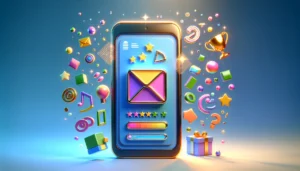
How to Balance Content Relevance With Email Sending Frequency
Navigating the delicate balance between staying relevant and overwhelming inboxes, this article delves into the art of email marketing with insights from industry experts. It unpicks the strategies for segmenting subscribers, optimizing sending frequencies, and personalizing content to earn a coveted spot in every recipient’s inbox. Readers will gain actionable tips to refine their email campaigns and align with audience preferences without crossing the line into nuisance.
- Earn the Right to Be in Inbox
- Segment Subscribers Based on Preferences
- Use Preference Centers for Email Frequency
- Trigger Content Based on Customer Actions
- Conduct A/B Tests for Sending Frequency
- Analyze Audience Preferences and Content Quality
- Align Content Calendar with Audience Behavior
- Send Content Only When Worth Saying
- Utilize AI Segmentation for Personalized Content
Earn the Right to Be in Inbox
Balancing email frequency with relevance isn’t about finding a magic number—it’s about understanding the rhythm of your audience’s attention. Too many emails, and you’re noise. Too few, and you’re forgotten. Our secret? Earn the right to be in their inbox.
We’ve seen the best results when we let engagement, not a calendar, dictate frequency. We implemented a predictive engagement model that adjusts email cadence based on user behavior. If a subscriber interacts often, they get more content. If they disengage, we pull back and recalibrate. Our results show us that this approach works—we received higher open rates, more conversions, and fewer unsubscribes.
The bottom line: there’s no fixed rule. It’s not about how often you send emails. It’s about whether your audience actually cares. Stop thinking about frequency in isolation—think about relevance first, and the right cadence will follow.
 Jock Breitwieser
Jock Breitwieser
Digital Marketing Strategist, SocialSellinator
Segment Subscribers Based on Preferences
At our agency, we’ve honed a strategy ensuring our email communications are timely and valuable to recipients. One of the most effective strategies we’ve implemented is a segmentation-first approach. Instead of sending every email to our entire list, we categorize subscribers based on their preferences, behavior, and engagement levels. For instance, we use engagement data—like past email opens, clicks, or website visits—to identify active subscribers versus those needing a re-engagement campaign or less frequent emails.
To complement segmentation, we maintain an editorial calendar that maps out email topics well in advance. This helps us avoid overloading subscribers with too many emails in a short period while ensuring each message ties into our broader marketing goals. For example, we alternate between educational content, like industry insights or how-to guides, and promotional emails to balance providing value and driving conversions.
 Natalie McKinney
Natalie McKinney
Manager of Content, Criterion.B
Use Preference Centers for Email Frequency
I implement preference centers to make sure that the relevant content is sent at the right email frequency. Giving subscribers control over how often they receive emails and what type of content they want keeps engagement high while reducing unsubscribes. Some people prefer weekly updates, while others only want to hear about major announcements or exclusive offers. When they have a choice, they are more likely to remain subscribed and read what we send.
In our company, we built a simple but effective preference center that lets customers select how often they want emails and what kind of topics they are interested in. Some want industry news, while others care more about financing options and special promotions. When someone signs up, they can set these preferences right away, and if they ever want to adjust them, they can do so with a quick update in their profile. This has helped reduce email fatigue while improving open rates since people get exactly what they are interested in without feeling overwhelmed.
 Gerti Mema
Gerti Mema
Marketing Manager, Equipment Finance Canada
Trigger Content Based on Customer Actions
I treat content like a conversation, not a schedule. Sending frequency should feel natural, not forced. If a business only reaches out because the calendar says so, people notice. We shift our messaging based on trends, demand, and customer behavior instead of sticking to a rigid plan. Some weeks need daily updates, while others require silence. Well, that and we pay attention to responses—if engagement dips, we step back instead of pushing harder. Honestly, timing should serve the audience, not the marketing team.
One strategy that works is triggering content based on actions, not dates. Instead of sending updates at preset intervals, we tie them to customer behavior. If someone spends time on velvet fabrics, they get inspiration and care tips for velvet—not a generic sales pitch. If they abandon a cart, they get a follow-up, but only if similar customers have responded well to it in the past. In fact, after shifting to this approach, email engagement increased by at least 30% without sending more messages.
 Jay Soni
Jay Soni
Founder and Director of Sales and Marketing, Yorkshire Fabric Shop
Conduct A/B Tests for Sending Frequency
We implemented an A/B test to determine the right sending frequency. For one e-commerce client, we sent weekly emails to one group and bi-weekly emails to another. We monitored open rates, click-through rates, and replies to identify which approach worked better. The bi-weekly group performed better, likely because the emails felt less intrusive. We adjusted the schedule for all subscribers and used follow-up surveys to confirm the timing matched their preferences. This constant testing helped us refine the balance between frequency and relevance.
 Shane McEvoy
Shane McEvoy
MD, Flycast Media
Analyze Audience Preferences and Content Quality
Finding a divine balance between frequency and content quality for emails is vital! The reason is it helps maintain engagement without being overly marketing-focused. Sending excessive emails poses the risk of losing subscribers due to annoyance. However, being too irregular also poses the risk of losing ground. Hence, finding equality in sending schedules and content relevance is crucial.
To find this balance, I consider three core things:
- Audience preferences
- Prioritizing content quality of quantity
- Offering subscribers control
Audience preferences – One step I advise everyone to take up is analyzing your audience to find their preferences. Look at analytics, particularly the engagement, click-through, and unsubscribe or subscribe rates while implementing a new strategy. If you see significant drops in unsubscribes or engagement, you know something is not working. However, if engagement and subscriptions have picked up, you’re doing a great job!
Prioritizing content quality of quantity – My subscribers value quality over quantity, as anyone else’s subscribers list would. Stick to the rule that emails should offer a specific purpose. It could be to create awareness, educate, or provide a unique offer to the reader. It is a helpful aid in sending emails that are results-driven.
Offering subscribers control – Instead of trying to find the balance between frequency and content relevance, you may as well let the subscriber decide! Creating a preference Center lets users pick their email frequency. You can offer options like weekly, biweekly, or significant updates only. It allows your users to have more say in when they get emails.
My successful strategy is based on implementing changes only after a thorough A/B testing session for posting frequency and engagement.
I separated my audience into smaller segments and checked the performance for weekly, bi-weekly, and daily emails over a few months. From the number, I noticed the weekly posting plan worked well to engage existing subscribers and lead to more new subscribers. So, based on this discovery, I continued to use the weekly approach for existing subscribers while using a bi-weekly posting schedule for emailing to less engaged users.
 Aditya Chauhan
Aditya Chauhan
PPC & SEO Specialist, D’Genius Solutions
Align Content Calendar with Audience Behavior
As a Content Writer at an infographic design company, I balance sending frequency with content relevance by leveraging audience engagement data and content performance metrics.
One strategy I implemented was a content calendar that aligns with industry trends and audience behavior. By analyzing which topics and formats resonate most—such as data-driven infographics or trend-based visual stories—I scheduled content at an optimal frequency, ensuring we stayed top-of-mind without overwhelming our audience.
This approach maintained engagement while keeping our messaging timely and valuable.
 Diana Royanto
Diana Royanto
Content Writer, Milkwhale
Send Content Only When Worth Saying
I’ve spent the last six years building fintech products, working in payment infrastructure, and navigating crypto markets. One thing I’ve learned? Forcing a content schedule is the fastest way to lose an audience.
We ditched rigid schedules and started sending content only when we had something worth saying. No weekly blasts, no filler updates—just high-value insights when they mattered. If markets moved, if regulations shifted, if something big happened, our audience knew we’d show up with something useful. Engagement went way up because people weren’t ignoring half our emails. Instead of training them to expect noise, we trained them to expect value.
People don’t unsubscribe from content that helps them. Give them less, but make it better, and they’ll open every time.
 Thomas Franklin
Thomas Franklin
CEO, Swapped
Utilize AI Segmentation for Personalized Content
implements AI segmentation tools to create harmonious context between content recurrence and targeted relevance. We developed a method which used behavioral user triggers to activate content dynamically. Our system evaluates user activity patterns to deliver personalized content instead of sending out mass email notices. The system utilizes an automated content delivery system to show targeted content to visitors who select particular blog categories and click on specific service landing pages.
Our messaging becomes personal to individual users by this method while avoiding excessive inbox penetration. The project included tests to set restricted message frequency which granted frequent website users additional touchpoints but limited incoming messages for less active users. Our continuous efforts at optimization enabled better results for message open rates while simultaneously decreasing subscription disappearances.
 Paul DeMott
Paul DeMott
Chief Technology Officer, Helium SEO



